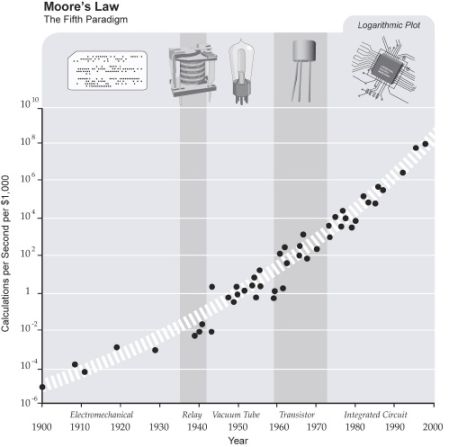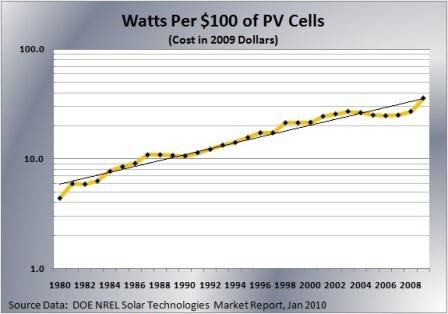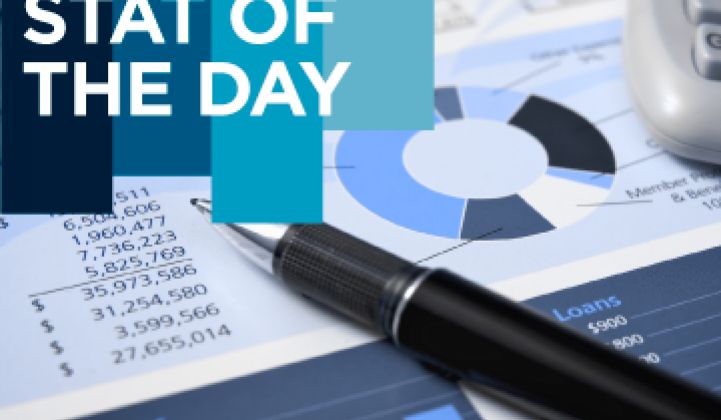An odd convergence occured yesterday when a fossil fuel CEO, a few media pundits, and some industry folk referenced Moore's law reaching solar technology amidst the mainstreaming of the solar industry. Although it's nice to see a nod to solar in The New York Times, it's kind of old news.
Apparently writing from an office in the past, New York Times columnist and economist Paul Krugman read a six-month-old piece in Scientific American and wrote about Moore's law and the onset of solar grid parity. It's reminiscent of Thomas Friedman discovering Applied Materials in 2009. John Doerr should be briefing these guys in a bit more detail in Davos and D.C.
David Crane, the president and CEO of NRG Energy, referenced Moore's law in regards to solar in a statement regarding the renewable-facing future of that fossil fuel behemoth. The NRG CEO was quoted in Platt's as saying that the era of massive solar projects is over. He said, "Wall Street does not have the capacity to provide debt financing for the large projects, which have price tags of more than $1 billion." Looking ahead, utility-scale projects will range from 20 megawatts to 100 megawatts, according to Crane.
Crane observed, "In the last two years, the delivered cost of energy from PV was cut in half. NRG expects the cost to fall in half again in the next two years, which would make solar power less expensive than retail electricity in roughly 20 states, he said. The expected drop in solar costs has "the potential to revolutionize the hub-and-spoke power system, which currently makes up the power industry," he said in the same article.
Ezra Klein of The Washington Post also discovered solar, Moore's law, and PV plunging price and increasing competitiveness.
Nick Allen, a partner at Spring Ventures, wrote in a tweet: "seeing more and more acceptance of Moore's law for solar cost."
It is gratifying to see solar getting positive notice in the mainstream press after the Solyndra debacle. However, it's arguable that subsidized solar is competitive with other subsidized energy sources such as coal or wind.
But let's get the numbers straight. Moore’s law observes the price of computing power falling approximately 50 percent every 18 months. Over the last 30 years, solar has had a seven percent reduction, per year, in the price per watt. Silicon-based solar doesn't benefit from the luxury of reduced real estate, except perhaps in the incremental reduction of wafer thickness. And improvement in solar efficiency is painfully slow.
If there is a Moore's law in solar, it's Moore's Lite or Demi Moore's Law.
This is Moore's law:

Image from Singularity
This is the way solar is behaving:

Chart from Scientific American




